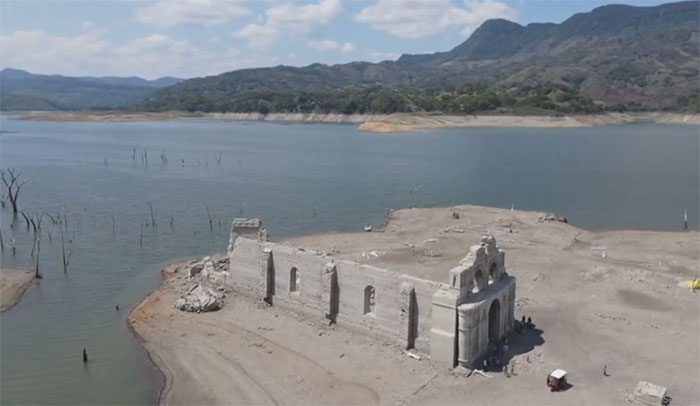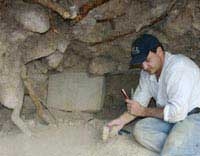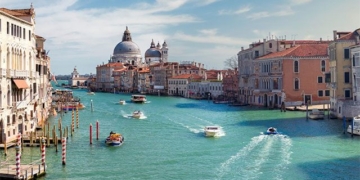The 16th-century Apostle Santiago Church, submerged for 49 years due to a dam project, has resurfaced after a severe drought, attracting many visitors.
Apostle Santiago Church rising from the reservoir. (Video: AFP)
Apostle Santiago Church is located in Quechula, in the southern Mexican state of Chiapas, and was nearly completely submerged since 1966 when a hydroelectric dam was built on a nearby tributary of the Grijalva River. Approximately 1,000 to 2,000 local indigenous people residing in Quechula had to relocate due to flooding.
Recently, the 15-meter-tall church has emerged in the Nezahualcoyotl Reservoir, as reported by AFP on June 18. The prolonged heat and lack of rainfall in the area have caused the water levels in the reservoir to drop significantly, revealing the entire structure. Tourists can even visit the church by car or motorcycle.
The church was constructed by members of the Dominican Order (DO) in the 16th century when Mexico was under Spanish colonial rule. As one of the principal orders of the Roman Catholic Church, the DO was founded in France in 1215 to preach the gospel.

The church was nearly completely submerged since 1966 when a hydroelectric dam was built.
The low water levels in the reservoir are affecting local fishermen who raise tilapia. According to farmer Darinel Gutiérrez, the water levels began to drop significantly about five months ago. Due to the impacts of climate change, the heat has caused many fish to die, affecting the income of local residents. At least eight people have died due to the recent heatwave in Mexico.
This is not the first time the church has reemerged. The last time it appeared was in 2022 when the entire 60-meter structure was visible above the water.





















































